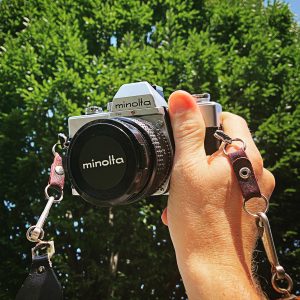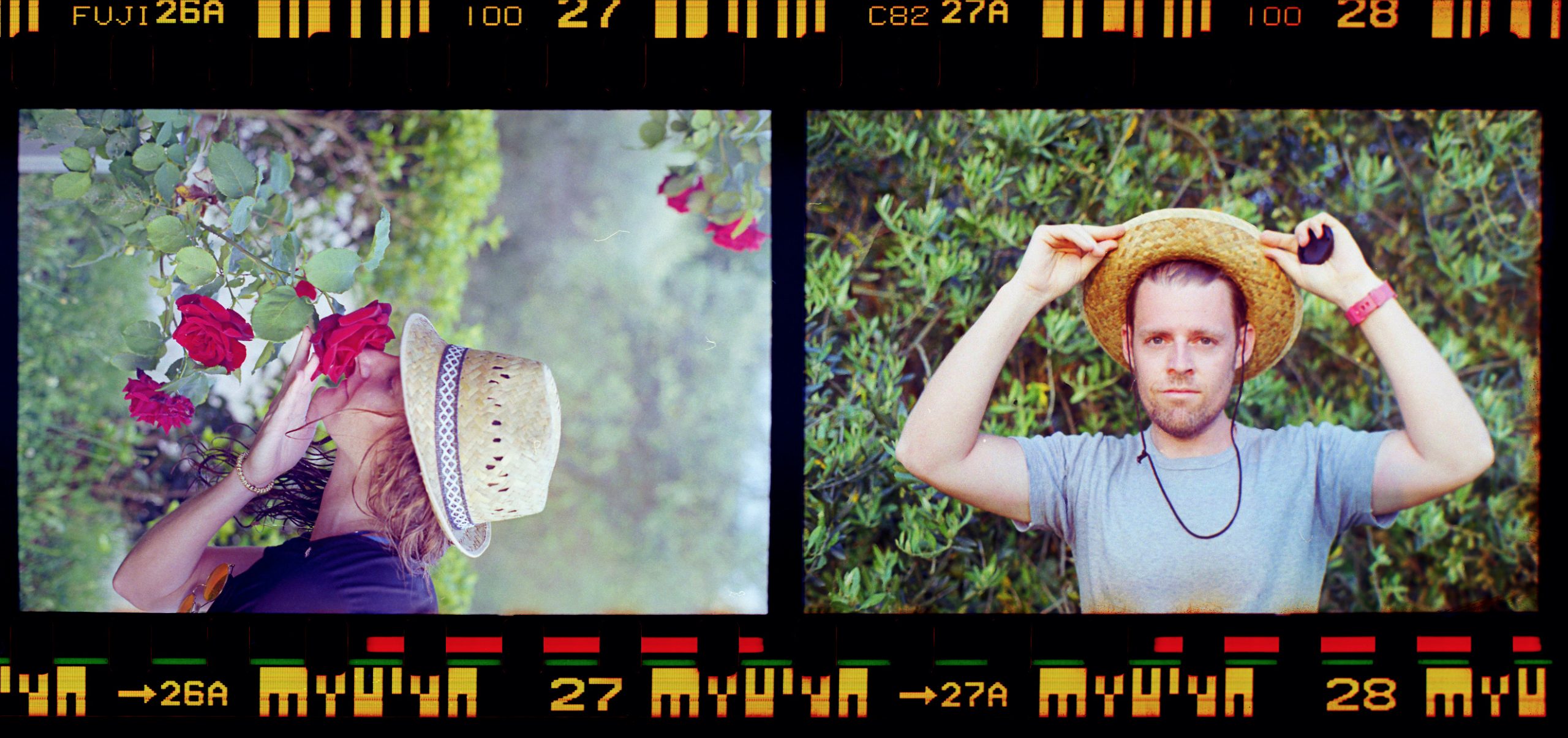
negative scanning discipline and frame edges…
Sigh…scanning / editing negatives takes serious time! I’m working to view the process as a discipline that is practiced as a form of reflection on the experiences had while shooting. It’s hard to even compare the process of acquiring film, loading, shooting, processing (by yourself or by a shop), and scanning/processing film negatives to any form of digital photo processing. Film costs way more, it takes waaaay more time, there’s no instant review or second chances in that moment, and yet…
I’d like to think everything that goes into the film process makes viewing the image a more rich experience for the viewer—I’m not so sure about this. For me as the maker—it does. And that’s enough for me to keep coming back to film. I choose to leave the borders on my film when I scan as evidence of the physical and temporal process of making the image. I suspect photo purists might say this takes away from the image (and I’d say they were right)—much as a proficient letterpress printer of their time would see the pressure imprint we all love so much as a printing mistake. I think we all crave evidence of physicality these days for obvious reasons. Things like film borders and letterpress imprints…or the velvety touch of a screenprint don’t necessarily alter the meaning of the content captured, but they do speak to a process that has real edges—this creates a sort of additional meaning that gets layered in. I guess the concept is similar, but not exactly the same as what Craig Mod said about “edges” with physical and digital publications several years back—reading that had a big impact on me. Not only in the way I consume content, but in the making and teaching process as well.
With a film strip I know there are generally 12, 24, or 36 frames to process depending on what I’m shooting with. When I’m scanning working in this smaller domain is a comforting thought. I’m sure we’ve all experienced the overwhelm of having shot 2-300 digital photos at a time (or more)—all good until it comes time to process. That said, shooting digital and film at the same time is a big problem for me—and it’s something I do to myself often. I’ve actually found something first with my point and shoot digital, photographed it, and actually come back with my film camera to capture it again (see blue and yellow boat from above shot again in digital form here) . This is probably not efficient, but I like the intentionality of it—and I like both images. It’s too much to process and great images fall through the cracks. I’ve often noticed this after going back into a folder after a period of time. I almost always notice something I wrote off then, but now seems to stand out as successful. I suppose we all have our methods of finding those edges in the digital processing space. For me it’s a process I repeat religiously: Shoot manual / raw, first round of deletions in camera, second round deletions on large screen, list the keepers on paper, star the absolute best, process / optimize all the keepers per platform context, make the final call on what to share/send out. It’s probably old school and inefficient, but it works for me! I suppose it’s about time for me to turn that process on its head to see what happens. Forms of printmaking like letterpress and screenprinting are similar when working with rudimentary equipment as a team of one. Everything has clear edges defined by the steps of the process, the available equipment/resources, and what is physically do-able. With the edges of process so clearly defined there’s room to focus on the joy of producing and reflecting on the content. Enough rambling for now—ciao!
📸 +🏋️♀️





